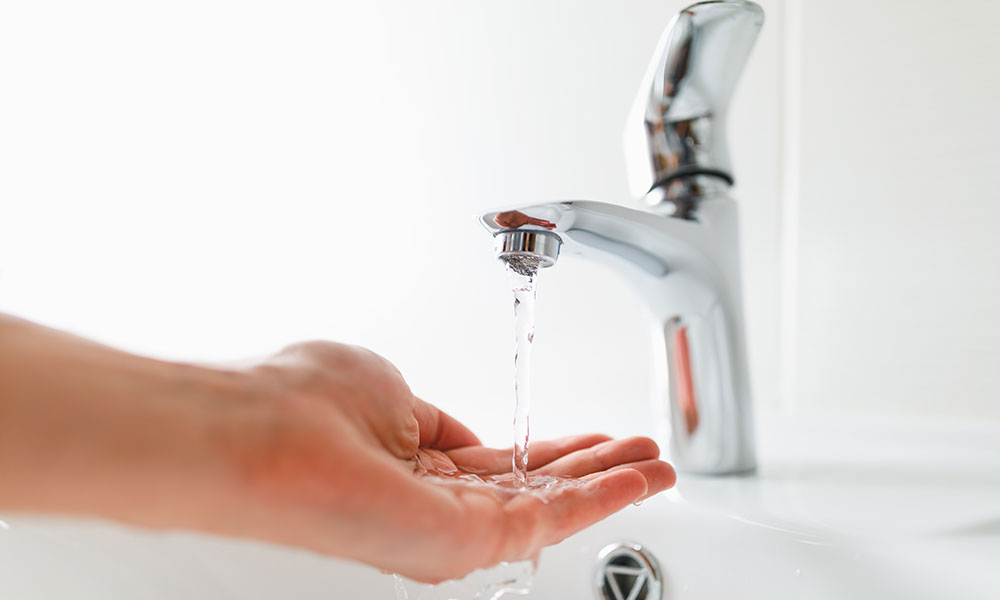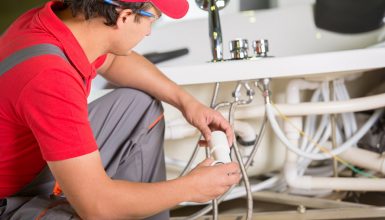Fast Methods for Dealing with Low Water Pressure in Your Home
Fast Methods for Dealing with Low Water Pressure in Your Home
Blog Article
Just how do you actually feel in relation to 10 Reasons for Low Water Pressure in Your House?

Low water pressure in your home can be a frustrating issue, affecting every little thing from bathing to washing recipes. If you're experiencing weak water flow, there are a number of possible causes and options to discover. In this guide, we'll go over usual reasons for low tide pressure and sensible steps to deal with the concern successfully.
Introduction to Low Water Stress
Low tide pressure happens when the circulation of water from your faucets, showers, and other fixtures is weak than typical. This can make day-to-day tasks a lot more tough and less effective. Comprehending the reasons for low water stress is important to locating the ideal solution.
Usual Sources Of Low Tide Stress
Pipeline Obstructions
In time, pipes can become clogged with natural resource, sediment, or debris, restricting the flow of water. This is a typical concern in older homes with galvanized steel pipes.
Deterioration
Deterioration within pipes can lead to leakages and minimized water stress. Corrosion buildup can restrict water circulation, especially in aging plumbing systems.
Faulty Pressure Regulatory Authorities
Stress regulatory authorities are accountable for maintaining regular water stress in your home. If they malfunction, it can cause low water stress or uneven circulation throughout your home.
Metropolitan Water Issues
Sometimes, the issue lies outside your home. Metropolitan water supply problems, such as main line leakages or upkeep job, can briefly decrease water stress in your location.
Exactly How to Diagnose Low Tide Pressure
Examining Taps and Fixtures
Begin by checking the water stress at different taps and fixtures throughout your home. If the concern is separated to details areas, it might indicate localized issues.
Evaluating Pipelines
Examine noticeable pipes for signs of leakages, corrosion, or clogs. Focus on any type of unusual sounds, such as banging or rattling pipes, which might indicate problems within the plumbing system.
Consulting with a Plumber
If you're not able to pinpoint the cause of low tide stress, think about working with a specialist plumber to carry out a complete inspection. They can recognize underlying concerns and suggest appropriate remedies.
DIY Solutions to Deal With Low Tide Stress
Cleaning Aerators and Showerheads
Natural resources can gather in aerators and showerheads, decreasing water flow. Remove and cleanse these components consistently to enhance water stress.
Flushing Hot Water Heater
Sediment buildup in the hot water heater can limit circulation and decrease efficiency. Flushing the storage tank periodically assists eliminate debris and maintain optimal efficiency.
Inspecting Stress Regulator
Make certain that the stress regulatory authority is operating correctly. Readjusting or changing the regulatory authority can assist recover proper water stress throughout your home.
Clearing Clogs in Pipeline
For small clogs, attempt using a plumbing snake or chemical drain cleaner to clear obstructions in pipes. Beware when using chemicals and follow safety and security standards.
When to Call an Expert Plumber
If do it yourself efforts stop working to solve the problem or if you believe significant plumbing troubles, it's best to look for support from a certified plumber. They have the competence and devices to deal with complex problems safely and properly.
Preventive Measures to Preserve Water Stress
Normal Maintenance
Schedule regular maintenance for your plumbing system to stop concerns such as corrosion, leaks, and clogs. Addressing minor issues early can assist prevent even more considerable repair services later.
Installing a Pressure Booster
Consider mounting a stress booster pump to enhance water stress in areas with consistently low circulation. This can be specifically valuable for multi-story homes or residential or commercial properties with high-demand fixtures.
Monitoring Water Usage
Bear in mind water usage behaviors and stay clear of ill-using the plumbing system. Simple adjustments, such as staggering showers and laundry loads, can aid preserve adequate water pressure.
Verdict
Taking care of low tide pressure can be frustrating, but recognizing the underlying causes and carrying out proper options can restore ideal flow throughout your home. Whether it's cleansing aerators, examining pipes, or seeking advice from a plumber, taking aggressive steps can make sure a steady supply of water for your day-to-day demands.
FOUR WAYS TO FIX LOW WATER PRESSURE NOW
Turning on a shower or faucet only to find the water comes out in a sad, slow drizzle is never a good feeling. How exactly are you supposed to wash a pan or take a quick shower when it takes 10 minutes just to rinse off a little soap? The good news is that when your water pressure is bad, there's always a cause: typically one that can be easily fixed. Here are some of the most common causes of low pressure and what you can do to fix the issue:
DEBRIS AND MINERAL DEPOSIT BUILDUPS
If you notice low water pressure from just one or two of the fixtures in your house, the problem likely has to do with debris buildup. Water is full of minerals and other debris, all of which can accumulate in your pipes and on your fixtures. This can cause a blockage that affects how much water flows through. To fix this, try filling a small plastic bag with white vinegar, and use a rubber band to hang it around your showerhead or faucet. Let the head of the fixture soak for a few hours, and the vinegar should loosen the deposits.
WATER LEAKS
Leaks are another common cause of low water pressure. If water is flowing out of your plumbing through a hole or crack before it can reach your fixture, the pressure coming out of the faucet or showerhead will be lower. A plumbing professional is your best bet for finding and repairing a leak in your water supply pipes.
Leaks are another common cause of low water pressure. If water is flowing out of your plumbing through a hole or crack before it can reach your fixture, the pressure coming out of the faucet or showerhead will be lower. A plumbing professional is your best bet for finding and repairing a leak in your water supply pipes.
FOUR WAYS TO FIX LOW WATER PRESSURE NOW
Turning on a shower or faucet only to find the water comes out in a sad, slow drizzle is never a good feeling. How exactly are you supposed to wash a pan or take a quick shower when it takes 10 minutes just to rinse off a little soap? The good news is that when your water pressure is bad, there's always a cause: typically one that can be easily fixed. Here are some of the most common causes of low pressure and what you can do to fix the issue:
DEBRIS AND MINERAL DEPOSIT BUILDUPS
If you notice low water pressure from just one or two of the fixtures in your house, the problem likely has to do with debris buildup. Water is full of minerals and other debris, all of which can accumulate in your pipes and on your fixtures. This can cause a blockage that affects how much water flows through. To fix this, try filling a small plastic bag with white vinegar, and use a rubber band to hang it around your showerhead or faucet. Let the head of the fixture soak for a few hours, and the vinegar should loosen the deposits.
WATER LEAKS
Leaks are another common cause of low water pressure. If water is flowing out of your plumbing through a hole or crack before it can reach your fixture, the pressure coming out of the faucet or showerhead will be lower. A plumbing professional is your best bet for finding and repairing a leak in your water supply pipes.
Leaks are another common cause of low water pressure. If water is flowing out of your plumbing through a hole or crack before it can reach your fixture, the pressure coming out of the faucet or showerhead will be lower. A plumbing professional is your best bet for finding and repairing a leak in your water supply pipes.
A VALVE ISSUE
If you have low water pressure throughout your home, check your main shut-off valve to make sure it's completely open. You may also want to see if there's a pressure-reducing valve installed. If there is, have a plumber help you adjust the settings to get the pressure you're looking for.
OTHERS USING WATER
Believe it or not, your low water pressure could be caused by your neighbors. If you notice low pressure at certain times of day, it may be because you and the people living next to you have similar schedules - when everyone is showering at the same time, the pressure will be lower in every home. Low pressure throughout the neighborhood may also be caused by an issue with your municipal water supply. If that's the case, call the supplier to see if they're working on the issue.
https://www.rotorooter.com/blog/water-leaking/low-water-pressure-fixes/

As a serious reader about 9 Reasons for Low Water Pressure in Your House, I think sharing that excerpt was smart. If you enjoyed our post please remember to share it. Thank you for going through it.
Find Out More Report this page